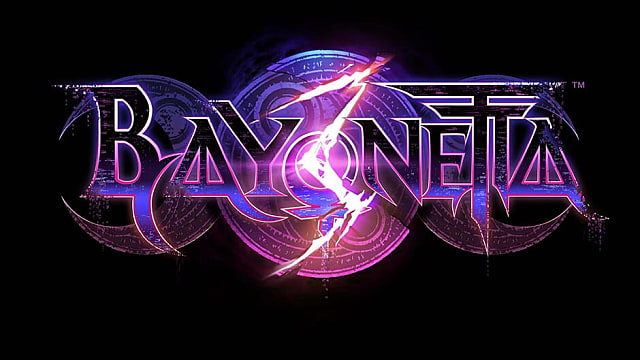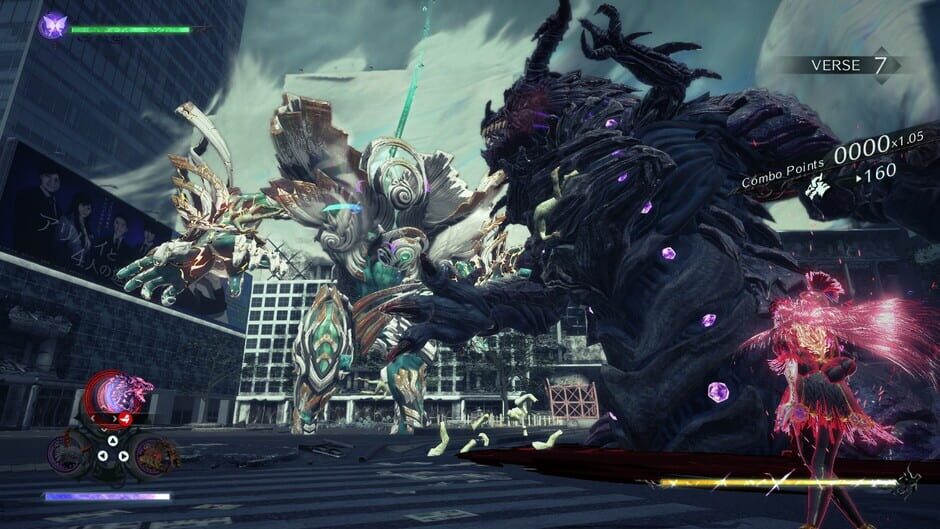It has been many years since Bayonetta 2, the last outing from Platinum Games’ witchy heroine, and a lot has changed. The standards for game graphics and performance keep elevating, while Nintendo’s nearly six-year-old Switch is failing to keep up. Despite all its highlights, Bayonetta 3 is a perfect example of this ongoing challenge.
Bayonetta 3 succeeds in being an excellent action game while struggling to carry the torch for the iconic series. Still sporting the stylish action and campy cutscenes the series is known for, the changes made to Bayonetta 3 are subtle. Some additions help bring the game to new cinematic heights, while others left me scratching my head.
At its core, though, Bayonetta is a game about snappy action that controls excellently, and the third entry stays true to that mechanical foundation. It is a smooth, stylish, and outrageous action game that boasts some of the tightest combat in the genre. And while its ideas ooze with ambition, Bayonetta 3 runs straight into limitations of story, design, and the very hardware it’s exclusive to — making it feel like a subpar port of a great game.
Bayonetta 3 certainly isn’t lacking in style. The title, under the supervision of original Bayonetta director Hideki Kamiya, brings its cadre of personalities back and — even with Helena Taylor out and new voice actor Jennifer Hale taking over — Bayonetta brings her trademark attitude to the forefront. Everything that happens is over-the-top, cranking the dial to 11, and for a while, that rollercoaster approach is enthralling.
The combo-based action continues to be a blast from moment to moment. The addition of Infernal Demons is the most bombastic change, letting you summon Kaiju-sized demons to help you out in combat. Taking a page from the beastmaster V in Devil May Cry 5, Platinum’s latest title applies the concept of controlling creatures in a uniquely Bayonetta way. Between the regular combat sections (Verses in Bayonetta parlance) and the cinematic set pieces, these building-sized monsters are consistently a source of awe.
Bayonetta 3‘s early hours also introduce you to its new story concept — the multiverse. In her journey to save the worlds, Bayonetta travels across space and time, encountering various versions of herself and her friends. This trendy premise is promising in the context of these characters, and it’s exciting to see alternate-universe versions of Bayo and Jeanne in all their fashionable glory.
Bayonetta is all about riding the line between silly and sexy, and that energy is not lost here. The multiverse concept is a great excuse to show off the creativity of the design team behind Bayonetta 3. Each Bayonetta you encounter brings a new weapon, demon, and outfit to the party, all of which can eventually be acquired in some form or fashion.
However, while I loved most of the artistic decisions behind Bayonetta 3‘s visuals, I found the enemy designs quite lacking. The standard Homunculi all share a generic luminescent green and silver coloring that screams boring compared to, for example, Bayonetta’s plethora of costumes. A majority of the enemies assume this generic aesthetic, sticking out like a sore thumb amid the creative designs surrounding them.
In addition to playing as Bayonetta, you also play as two other witches, including new character Viola. Controlling this young punk witch in a handful of chapters spices up the variety, but compared to Bayonetta, her moveset is pretty limited. With just a sword and her trusty Cheshire Cat demon (speaking of great new designs!), Viola lacks the on-the-fly weapon and ability switching of Bayonetta 3‘s titular character.
The biggest change to combat flow while playing Viola is how Witch Time works. Long-time fans are familiar with how perfectly dodging as Bayonetta activates this crucial slo-mo effect. Bayonetta sets itself apart from Devil May Cry by making dodging part of the combos, encouraging frequent use of Witch Time. As Viola, you can block with your sword, and Witch Time is only activated upon a perfect parry.
Given how few Viola chapters there ultimately are, there isn’t enough time in one roughly 10-12 hour playthrough to ultimately click with the character. The parry mechanic means it’s easy to get completely annihilated as Viola, even if you are decent with Bayonetta. I’m admittedly not the best at these games, but Viola just inherently feels trickier to get a handle on than her counterpart, and even once you do, her combos aren’t as varied by comparison. By contrast, I enjoyed the other character you play in Bayonetta 3 immensely.
During specially marked “side chapters,” you control Bayo’s bestie Jeanne in 2D stealth missions reminiscent of indies like Gunpoint and Mark of the Ninja. These sections seem to already be dividing fans, but personally, I found them the best non-combat part. They are well-balanced, tense but not too punishing. And unlike the other aspects of Bayonetta 3, these levels never wear out their welcome. Plus, the intro cinematic to Jeanne’s stages is outstanding and a perfect example of how the game nails the trademark jazzy Bayonetta tone. I never skipped it once.
Platinum Games has stuffed Bayonetta 3‘s stages full of content. Larger and more expansive than ever, each level encourages exploration but often, the rewards are downright awful puzzles and platforming sections. Actually, the amount of optional platforming you’re asked to do in Bayonetta 3 is astounding. It’s shockingly easy to spend more time failing and retrying all the tedious side activities than in actual combat in any given stage.
And while all of this is optional, you are rewarded with collectibles and currency that will eventually give your characters more health, magic, and moves. Completely failing to engage with any of it results in a much harder (and less fun) game.
And all the time you spend not engaging with the best parts of Bayonetta 3 draws even more attention to the game’s sorry technical state. The game looks and runs noticeably worse than the HD remaster of Bayonetta 1 on last-gen consoles. The scale of the set pieces suffers from this lack of smoothness, but even in its quieter moments, Bayonetta 3 looks like a PS3 game.
Combat is rarely impacted by huge framerate drops (thankfully), but between dithering and enemies going translucent when you get too close, it’s clear the developers struggled to maintain even a steady 30fps. This is an extreme disappointment, considering the Switch versions of Bayo 1 and Bayo 2 run at a steady 60fps on the same machine.
The other place where Bayonetta 3 drops the ball is its story. Without saying much about how it ends, the final two chapters are a severe disservice to the character of Bayonetta, who has become a feminist and queer icon in the gaming scene. The creators behind the story of Bayonetta 3 seem to be more than willing to throw the goodwill of the fans away for a rushed ending that leaves the door ambiguously open for more sequels.
It’s easy to look back at the highlights of Bayonetta 3 and think about what a truly great game it could have been. But the sour taste in my mouth from both the ending and the performance issues lingers even days after watching the credits roll.
Bayonetta 3 Review — The Bottom Line
Pros
- Character action is still the best in the business.
- Exhilarating set pieces from start to finish.
- Campy tone and a fashion sense to match.
- The Jeanne levels rock, actually.
Cons
- Looks and performs like a PS3 game.
- Bland visual designs for the enemies.
- Disappointing story.
Bayonetta 3 is a campy 10- to 12-hour rollercoaster ride through the multiverse. It’s a fun, often mechanically engaging ride held back by the hardware it runs on. Try as it might, the Nintendo Switch cannot contain the epic scale the game attempts. It would be easy to forgive these flaws for many titles, but the nature of Bayonetta‘s technical action requires precision, and this is by far the least precise of the trilogy.
Fidelity aside, Bayonetta 3 stumbles elsewhere to make it a disappointing sequel. While it is sure to satisfy fans of the character action genre, the game fails to give Bayonetta the send-off she deserves.
[Note: Nintendo provided the copy of Bayonetta 3 used for this review.]









Published: Nov 8, 2022 11:05 am